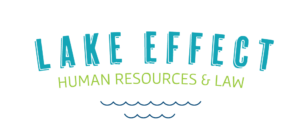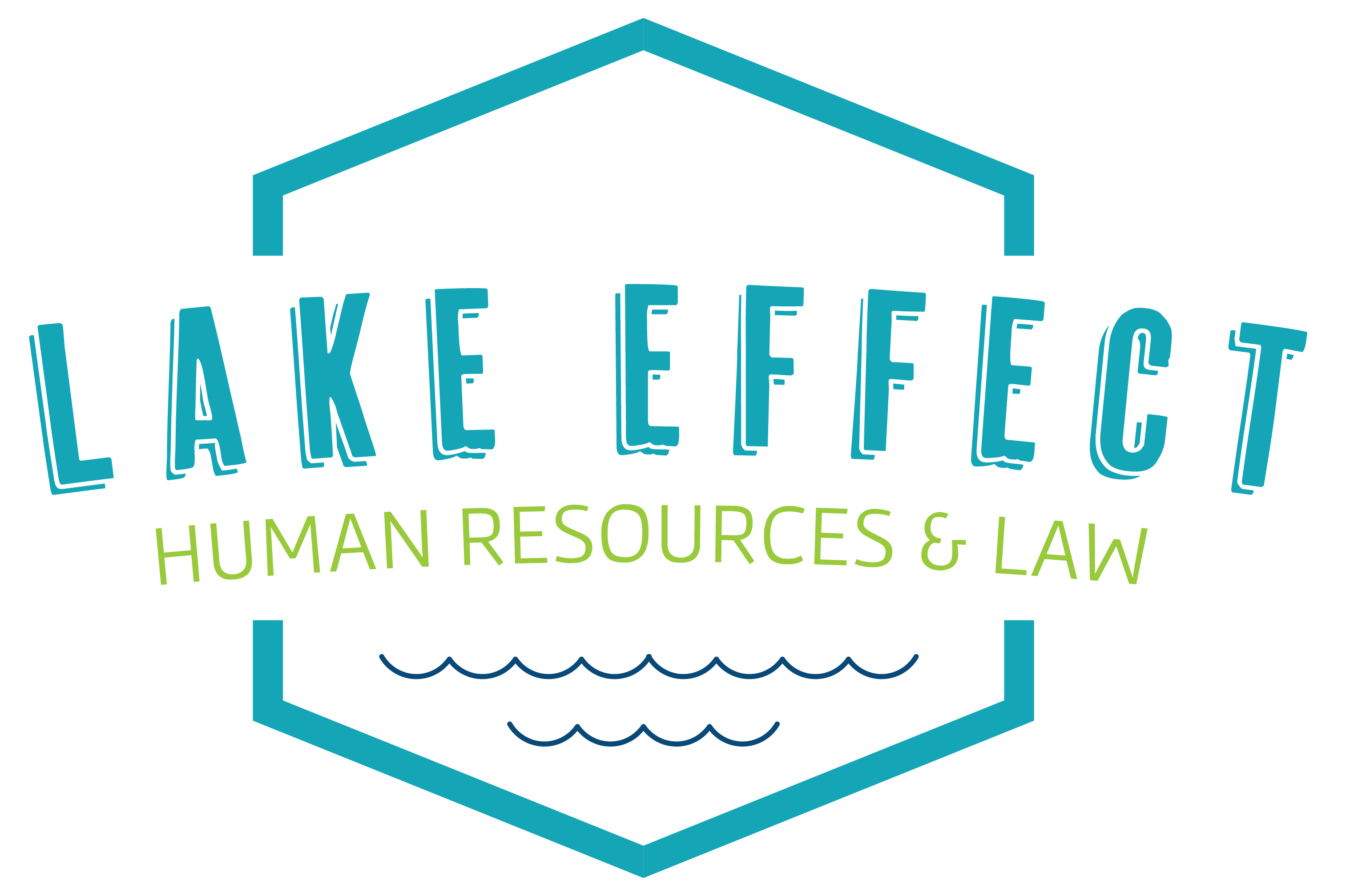Chicago Releases Anti-Harassment Model Language and Poster

By July 1, 2022, Chicago employers must adopt a written policy prohibiting sexual harassment and display the poster detailing the ordinance.
Chicago Expands Anti-Harassment Laws

Beginning July 2022, Chicago will require employers to provide employees with additional training, a new written policy, and a new posted policy on sexual harassment.
Employers Take Note: Updates on Required Federal Forms and Reports

Form 1-9 The Department of Homeland Security (DHS) and U.S. Immigration and Customs Enforcement (ICE) have extended the flexibility in complying with requirements related to Form I-9 until October 31, 2022. See our earlier blog for more information on how to obtain, remotely inspect, and retain copies of the identity and employment eligibility documents to […]
Spring Cleaning: Is Your Handbook House in Order?

The time has arrived when thoughts turn to warmer weather and spring-cleaning projects. It is a good time for employers to review their employee handbooks to insure they comply with applicable laws and reflect best practices and emerging trends. This spring, a review may be particularly important, as many employers face two key challenges: 1) […]
Biden Administration Bans Arbitration of Workplace Sexual Harassment Claims

On March 4, 2022, President Biden signed ithe “Ending Forced Arbitration of Sexual Assault and Sexual Harassment Act,” a new law banning mandatory arbitration for workplace sexual assault and sexual harassment claims. Arbitration is a form of dispute resolution outside of the court system. Many employment contracts broadly require employees to resolve claims against employers […]
Dane County’s Mask Mandate Set to Expire on March 1, 2022

On February 14, 2022, Public Health Madison Dane County (PHMDC) announced that it will no longer require face coverings in public indoor spaces after 12:00 a.m. on March 1, 2022.
Dane County Face Covering Emergency Order #7

Public Health Madison & Dane County has issued Face Covering Emergency Order #7. The new order is effective February 1, 2022, and remains in place until March 1, 2022. The only change from the previous Order #6 (see Lake Effect’s summary of the previous orders here) is the extension of time. Lake Effect is here […]
OSHA Formally Withdraws COVID-19 Vaccination and Testing ETS

On the heels of the US Supreme Court’s recent ruling blocking enforcement of its COVID-19 Vaccination and Testing Emergency Temporary Standard (ETS), OSHA issued a statement formally withdrawing the ETS as an enforceable temporary standard effective January 26, 2022. OSHA stated that it will continue to pursue the ETS as a proposed rule and focus […]
Milwaukee Institutes New Mask Ordinance

Starting January 22, 2022, Milwaukee’s new mask ordinance will go into effect until March 1, 2022. While similar to the previous Milwaukee Cares mask ordinance which expired on June 1, 2021 (see Lake Effect’s prior blog), the new ordinance has some distinct differences.
Supreme Court Decision on Vaccine Mandate

Supreme Court: OSHA Exceeded Its Authority by Requiring Large Employers to Adopt Mandatory Vaccination Policies, But Healthcare Providers Can Require Employee Vaccinations On January, 13, 2022, The US Supreme Court issued its much anticipated decision on two Biden Administration initiatives aimed at increasing COVID-19 vaccination rates across the nation: (1) OSHA’s Emergency Temporary Standard, which […]

